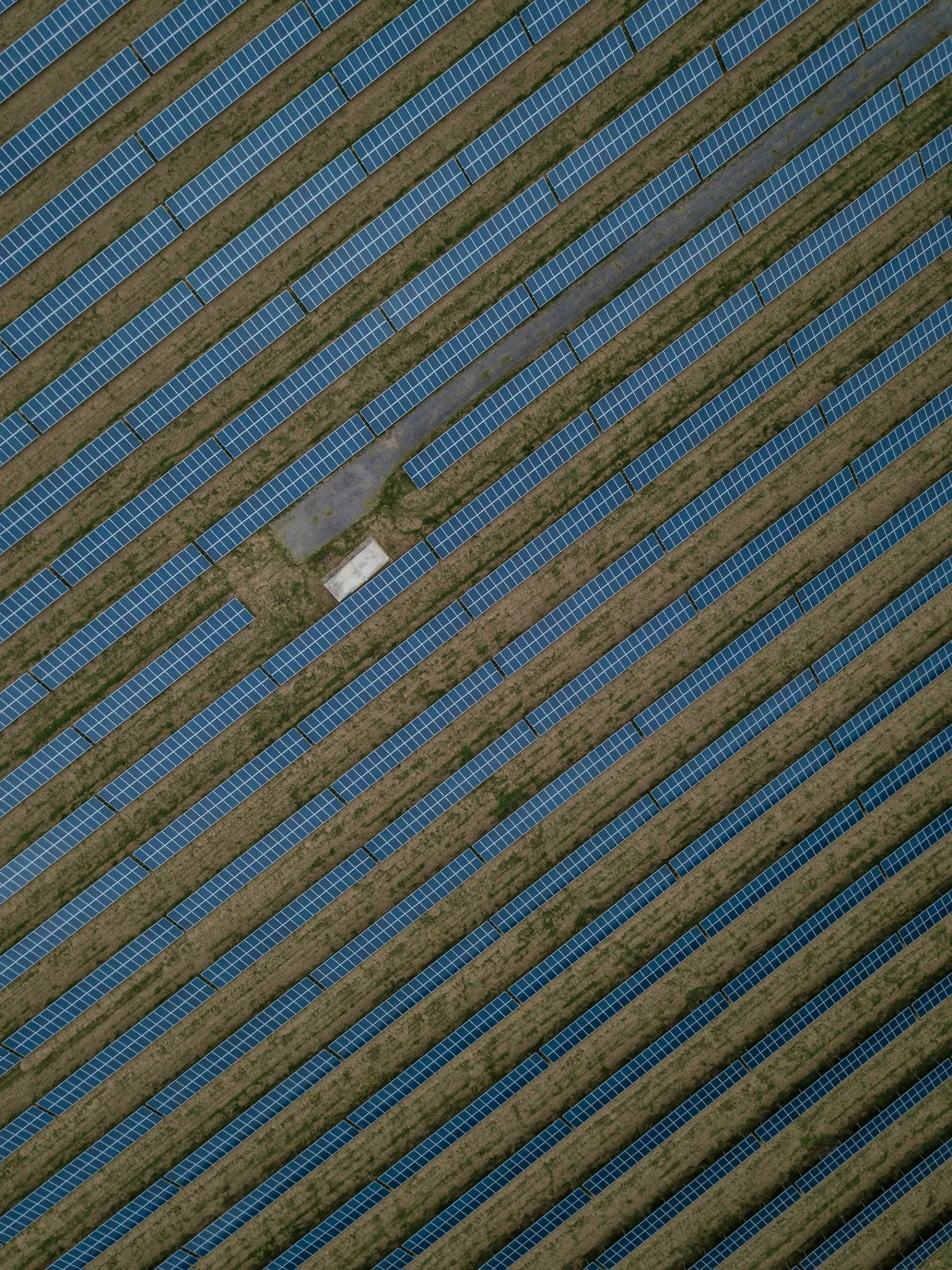
Energy communities: Distributed solar energy production forecasting and demand management
Use Case 1 will explore Energy communities: Distributed solar energy production forecasting and demand management.
Background
The European Commission encourages the establishment of energy communities driven by citizens to support the transition to clean energy and enhance energy efficiency within local communities. Through these communities, citizens can actively engage in renewable energy production, even at the city level. However, realising this potential poses challenges in terms of policy and electricity system planning and management. This perspective highlights the importance of optimal urban planning to accommodate the growing share of household photovoltaic participation, which currently stands at around 32% and will enhance the neutrality of smart cities.
Gaps
Distributed solar energy production can fluctuate due to cloud coverage, leading to excess energy production or shortages. Smart grid applications are needed to effectively distribute and manage energy, given the variability in both energy production and demand. Local Distribution System Operators (DSOs) are responsible for planning and managing renewable energy, requiring continuous monitoring and control of produced energy by distributed photovoltaic systems (PVs), short-term forecasting for the effective intraday electricity distribution, smart grid operation, and energy trading. Monitoring and managing surface solar energy at an urban scale can aid decision-making for DSOs and energy producers.
Objectives
- Create a 3D model of the pilot cities with short-term forecasts for solar irradiation, considering potential blocking elements, to produce realistic solar PV energy projections for households using shadow casting and ray tracing data,
- implement a smart grid energy management system that combines EO-based energy supply predictions with demand data.
Scale
Amstetten in Austria and Athens in Greece, with the potential to include additional EU-based cities.
Technical Partners
The UC will be developed by NOA, and EnergyFamily (energy communities management).
Co-design users
The Austrian (STWAMS, ThinkingEarth partner) and Greek (IPTO involved in several projects with NOA) DSOs. The users will provide energy supply and demand data at household level. Links to ThinkingEarth pillars: i) Copernicus foundation models: cloud and energy short-term forecasting from multimodal data, ii) Physics-guided ML: RTM emulator for ground solar radiation estimation.
Interested in collaborating with us?
Contact the Use Case leader: Dr. Panagiotis Kosmopoulos, National Observatory of Athens, pkosmo@noa.gr
Results and useful links





